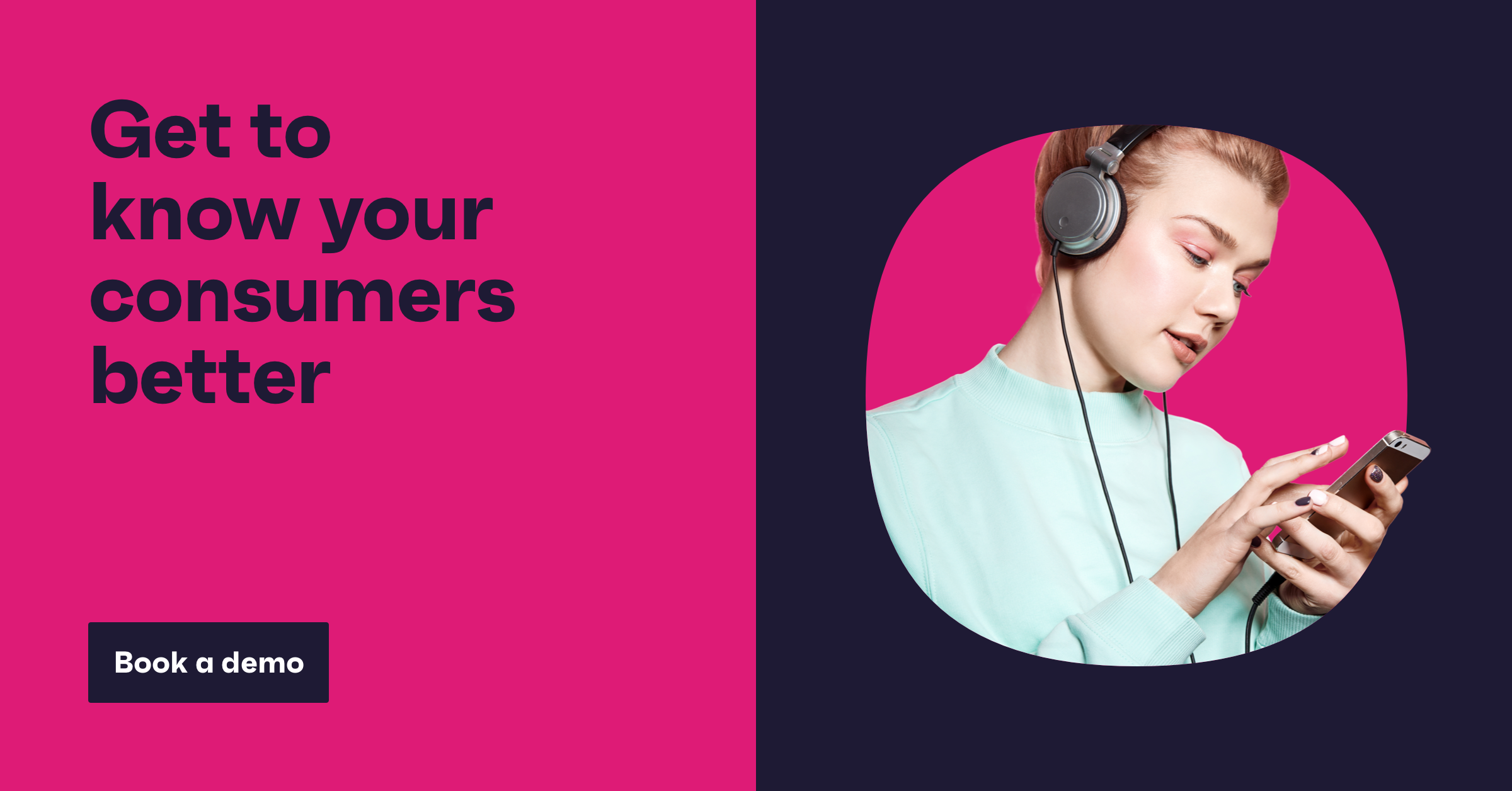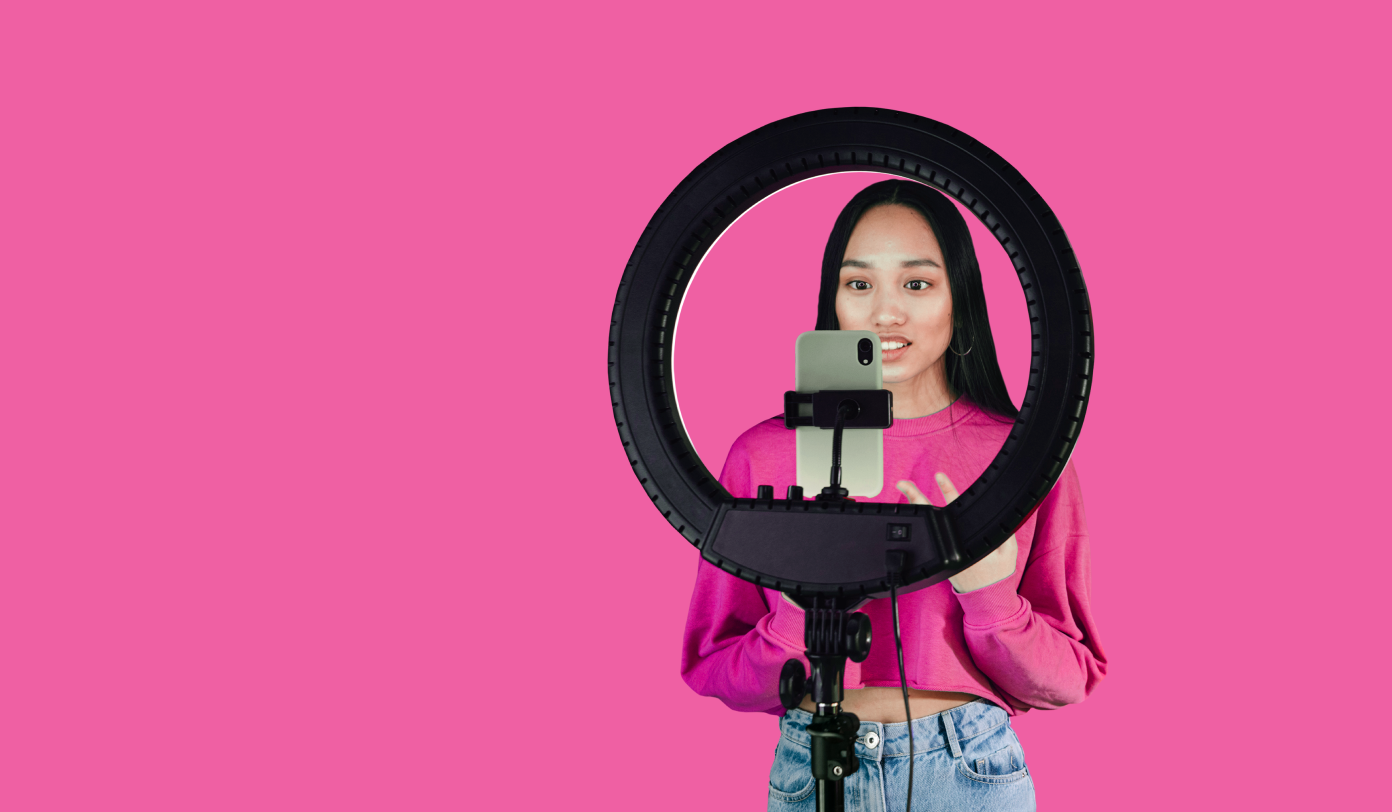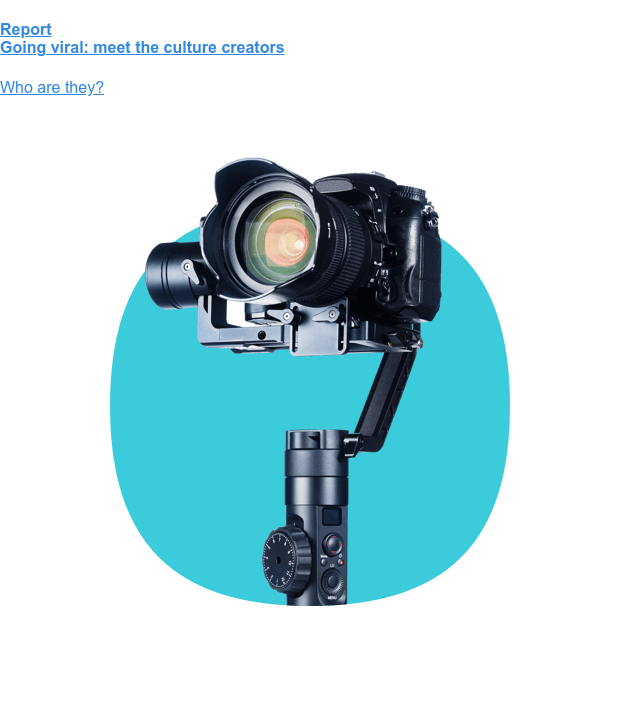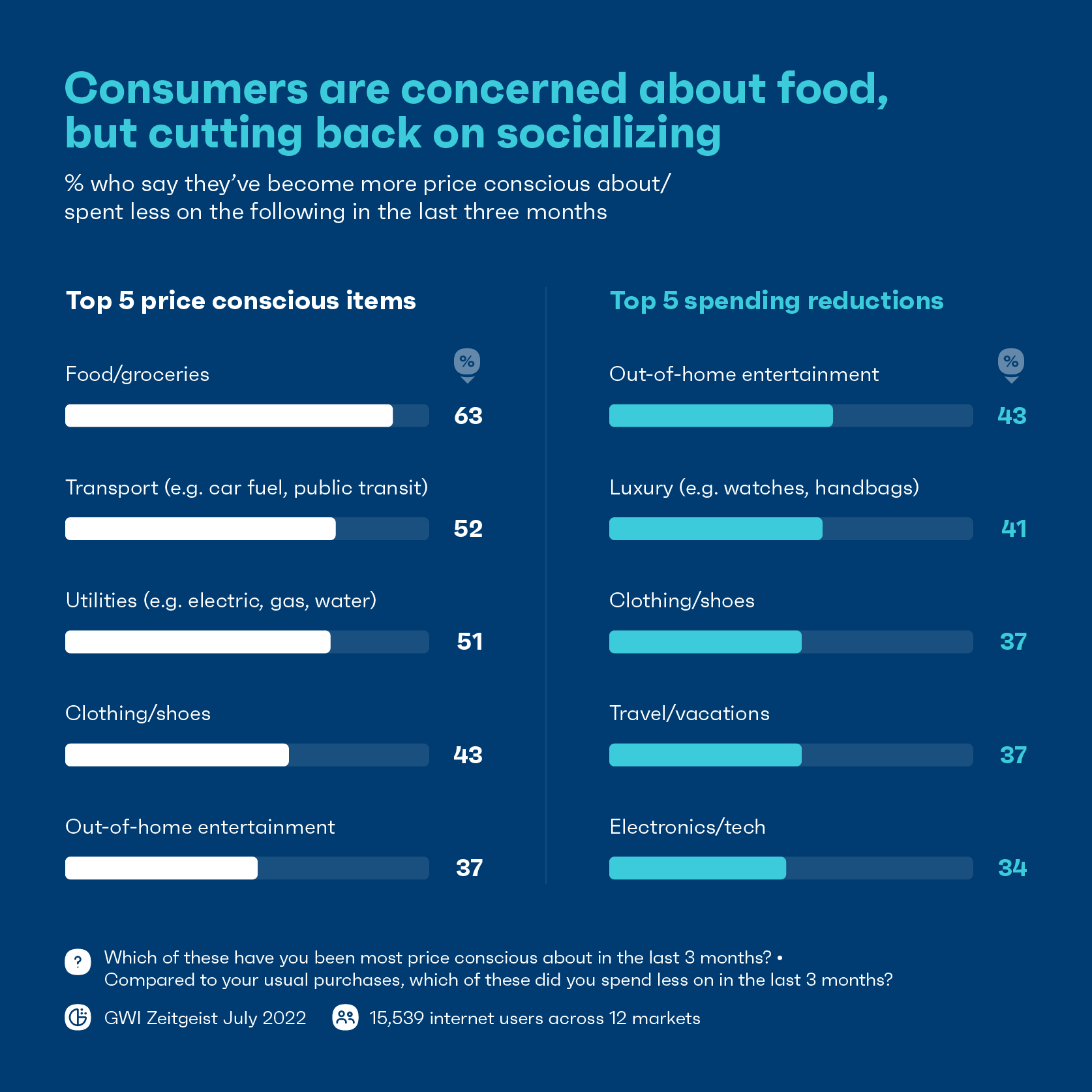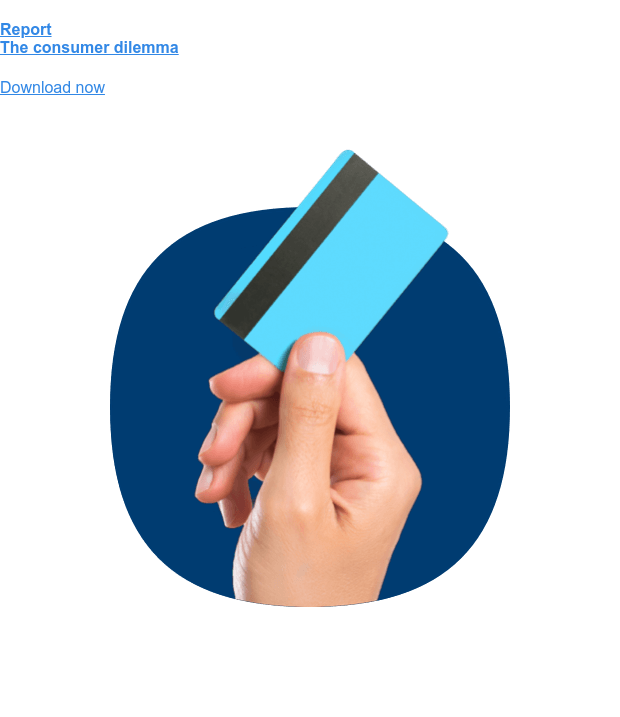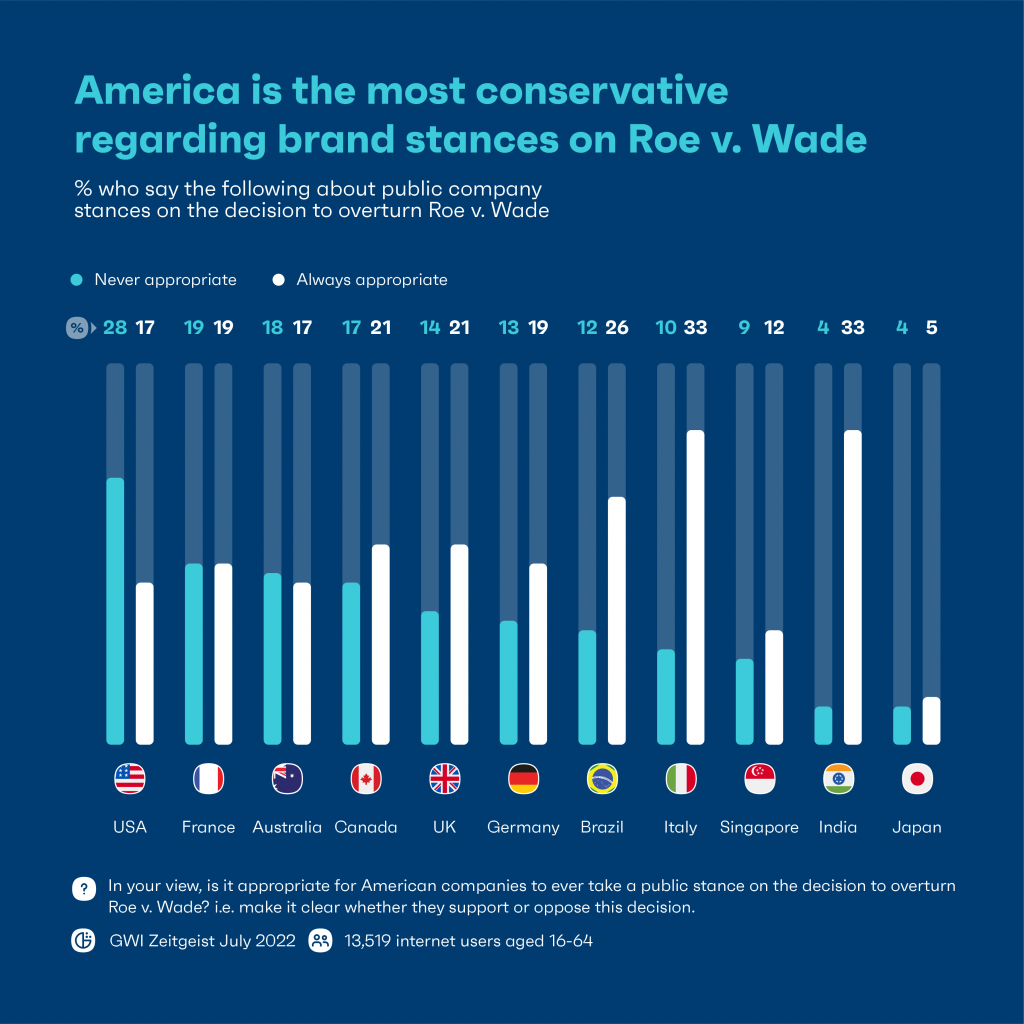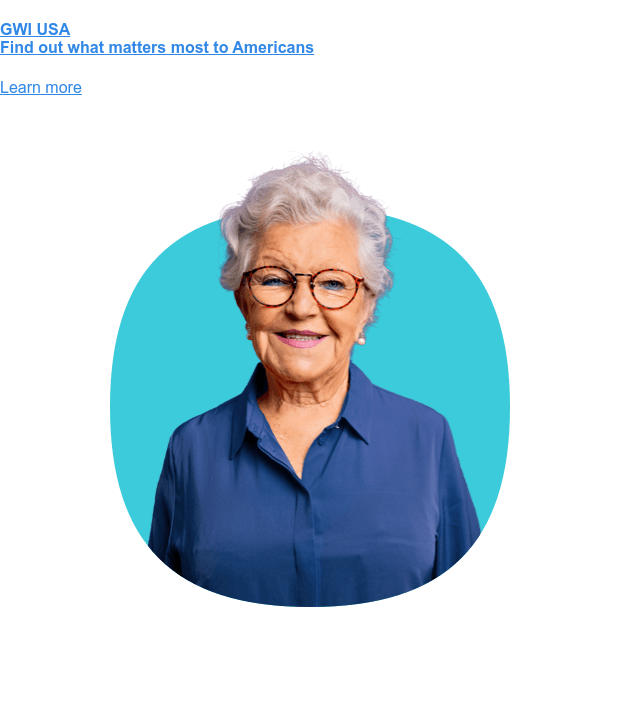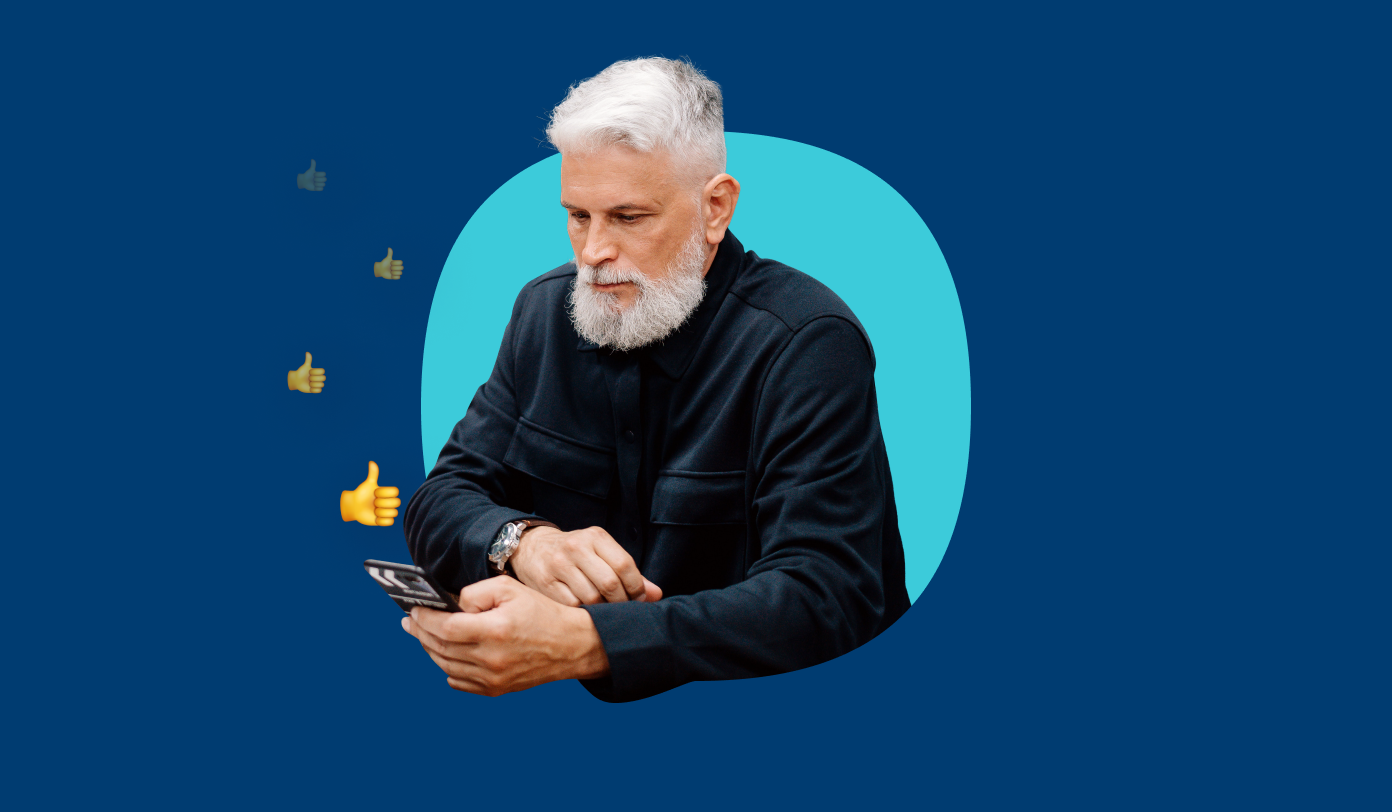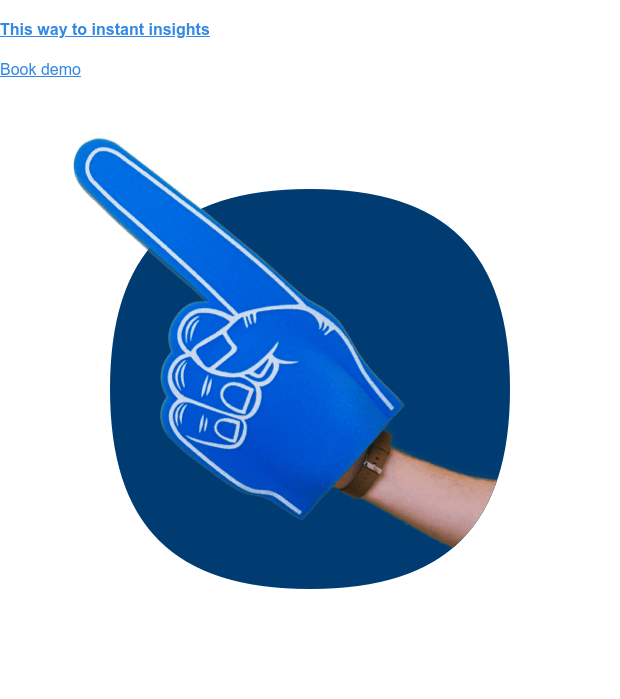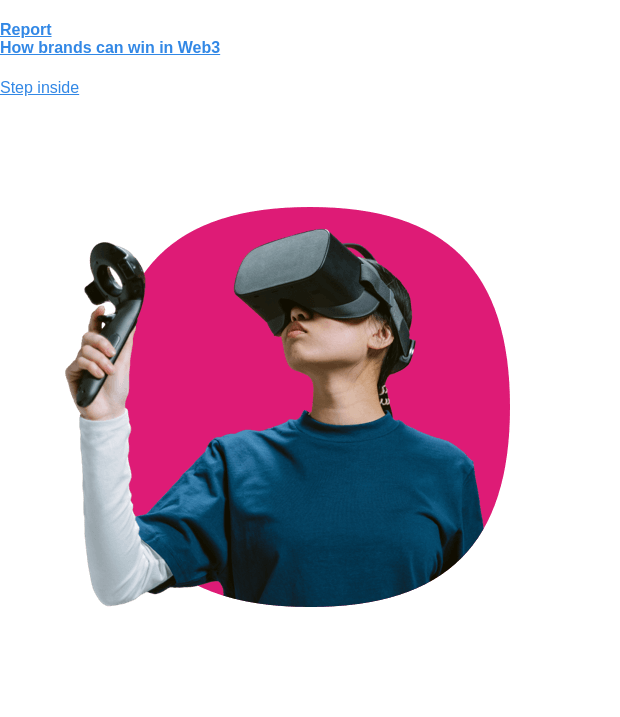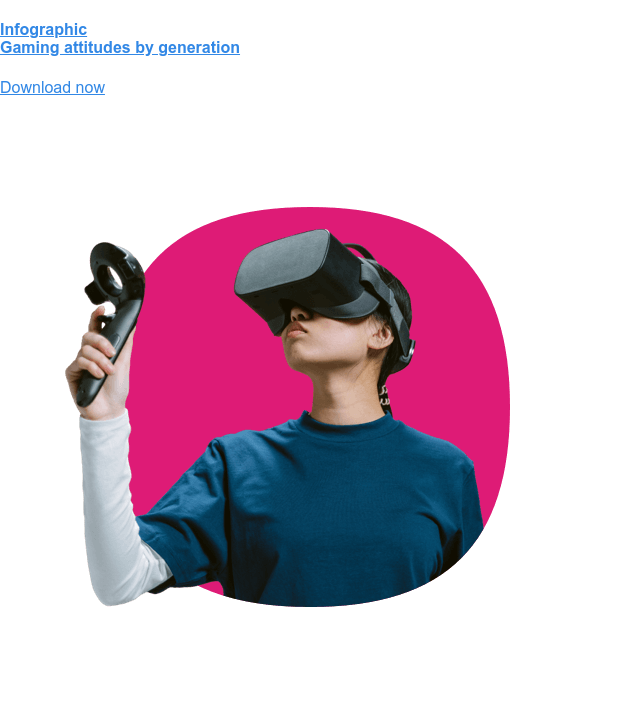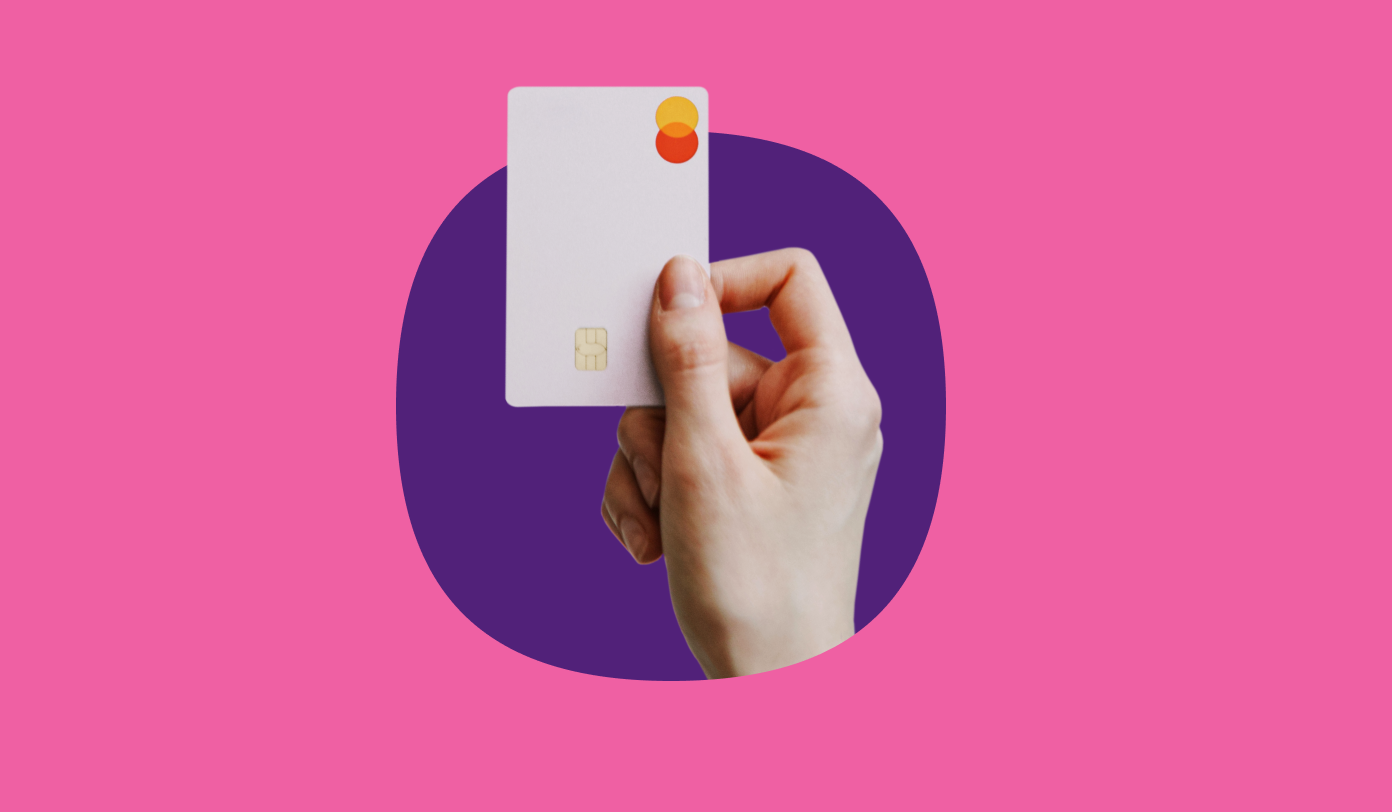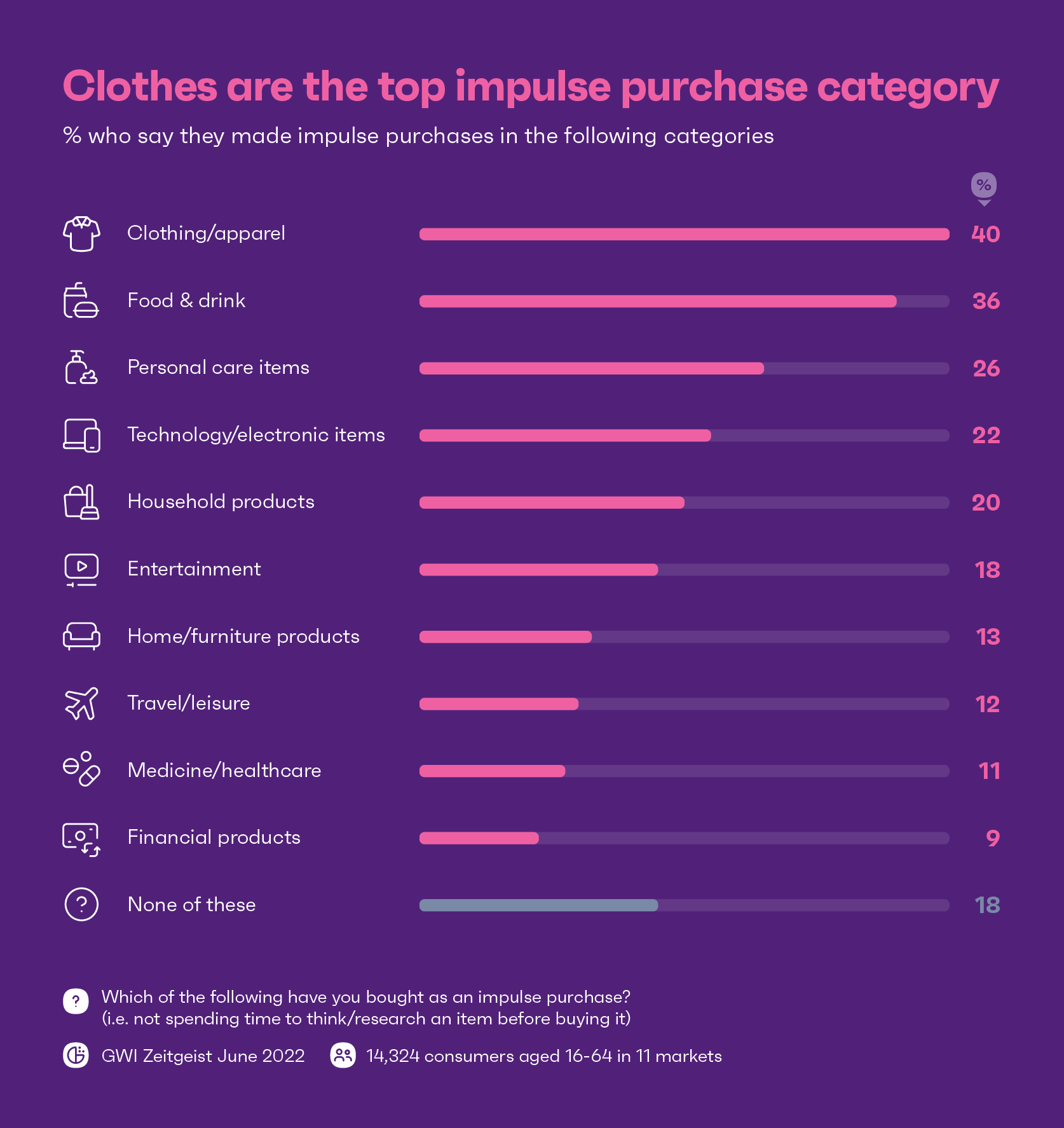
Roughly, one-third of our lives will be spent at work. That’s a really long time to be in a job that’s potentially unsatisfying or unfulfilling.
Fueled by the pandemic, employees are increasingly concerned about making that time matter. They’re re-evaluating what makes them truly happy in both their personal and professional lives, and this is having a knock-on effect on what they expect from employers.
As many companies navigate a tricky labor market, it’s important to take a step back and understand what really matters to employees.
Read on for our take on how workplace expectations are changing and what this means for employers.
Work-life balance is almost as important as salary
The term “quiet quitting” is making waves right now. The trend, which was coined by a Gen Z creator on TikTok, basically involves doing the bare minimum in your role or avoiding going above and beyond to minimize or reduce burnout; something that younger workers in our data are more likely to struggle with.
It’s also seen as an antidote to “hustle culture”, where people feel the need to do more all of the time, which can result in burnout, stress, or fatigue.
While “quiet quitting” has led to criticism from some companies and experts, the underlying reason for it is clear: more employees don’t want to let their career break down their mental or physical wellbeing. It’s really about self-protection.
We can see this shift in mindset coming through in our data too. While salary remains at the top of employees’ priorities, it’s closely followed by work-life balance, something that over a third of Gen Z/millennial professionals say they struggle with.

This really hammers home how important having a good work-life balance is for employees, which makes sense considering the emotional and physical toll the pandemic has had on many people’s lives – especially for younger consumers. In the US, for example, the number of Gen Z who say they experience stress or anxiety often has increased by 17% in the past year.
There’s no “perfect” work-life balance that works for everyone. For some, maybe it’s not having multiple after-hour meetings; while for others it might mean taking more breaks, or being able to fully switch off on vacation days.
One thing is clear though: more people are starting to realize that time is just as valuable as a paycheck.
So, for any employer looking to attract or retain staff, it’s important to foster a culture that focuses on ensuring a healthy work-life balance and supports workers to put this into practice. There’s no one-size-fits-all approach, so being flexible and working with the individuals’ needs in a holistic way is crucial.
It’s also key to ensure employees feel comfortable to speak up before problems arise or get worse, and before they consider “quietly” changing up their pace of work.
Considering that 70% of workers say they’d quit if another employer offered better policies to reduce burnout, it quite literally pays to put employee wellbeing front and center.
Don’t underestimate the power of a happy workforce
“Time is too short and fragile to be wasted”. This was one of the standout quotes from our Connecting the dots 2022 annual trends report, and it still rings true today.
In our latest Zeitgeist research, 86% of employees agreed they want to do work that makes them happy.

It might sound obvious, but cultivating a positive, happy work environment is absolutely key to employee satisfaction. Not only that, but research has shown that happy employees are more productive too. A win-win for everyone.
Unfortunately, Gallup’s State of the Global Workplace 2022 report found that most employees remained disengaged at work. This isn’t just a people team issue, but a bottom line one too. Employees who aren’t engaged cost the world $7.8 trillion in lost productivity.
Fair pay and flexibility, in some shape or form, have come to be expected at this stage. To truly feel happy at work, employees need to feel a sense of purpose and belonging, as well as trust and respect – something that ultimately needs to start from the top.
For example, it’s important for business leaders to prioritize positive, open communication where everyone has a chance to be heard, no matter what level they’re at. Likewise, what leaders do with this information is equally important. Follow-through is absolutely essential to establishing trust.
Using our GWI Work data, professionals say more transparency across the company is the top factor that would help them feel more aligned with their company and its vision and strategy. This might help to explain why employees value salary transparency when it comes to finding new jobs, which helps to build a sense of openness and trust right from the start.
The majority of employees also want their work to be meaningful; and it’s something more are looking for post-pandemic. The last two years saw large numbers switch professions, set up businesses, and upskill/reskill. Many employees saw this period as an opportunity to work out what they wanted to do with their lives and how they could make these goals happen.
With an increasing backlash against “hustle culture”, many employees are taking action, in whatever way they can, to mitigate the effects of burnout; whether that’s “quiet quitting”, going on sabbatical, speaking up about issues, setting clear boundaries, or finding a workplace that better fits their needs.
For businesses navigating through yet another time of uncertainty, here are some key takeaways to mull over:
- No longer ‘hustlin: the trend of “quiet quitting” is a protest against “hustle culture”, where many people feel the need to do more, be more – and run the risk of grinding themselves down. For businesses worried about quiet quitters, it’s important to create a culture that prioritizes mental wellbeing, taking time off, and ensuring people have a safe space to speak up before problems get worse.
- Work-life balance is a must: with burnout on the rise, a fair salary isn’t enough to encourage employees to show up. The best companies will recognize that every employees’ needs are different, and work with them to find actionable, tangible solutions to improve their day-to-day work lives. For some this might mean no after-hours meetings or messages, while for others, it might look like time off for their mental wellbeing.
- Meaningful work matters: the vast majority of employees say they want to do work that has a purpose. With happier employees being more productive ones, fostering a culture where employees can freely share and create ideas – no matter how big or small, and encouraging even the most junior employees to speak up is important.










